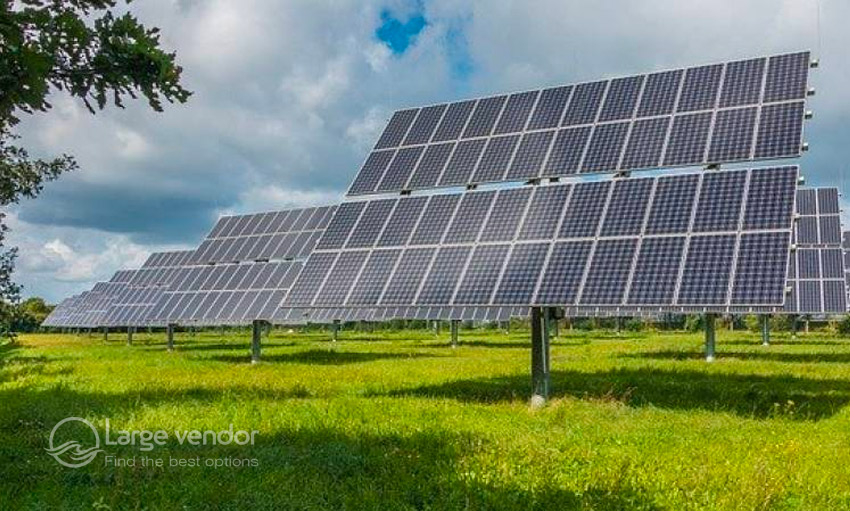Which Lawn Mower Is Best For Your Garden?
- 18/04/2024
- 605
- 0
Given its geographical location, India receives approximately 3000 hours of sunlight per year. India, as a tropical country, has enough land to generate solar energy for itself. Even on cloudy days, states in India with abundant sunlight can generate energy.

Given the high installation costs of solar panels in India, it appears to be more of an investment. A price people are willing to pay for freedom, freedom from high electricity bills. Most people nowadays choose solar installations, which results in more savings and less reliance on traditional energy sources. That is one of the many reasons why people are eager to install solar panels. They can now finally see a good return on investment from installing solar panels and using solar energy.
Solar Switch Reviews - Is it worth purchasing?
Solar energy will create more job opportunities and contribute to the growth of India's economy. A lot is expected from the solar energy sector over the next ten years. It has the potential to improve India's rural economy and, in turn, contribute to the country's overall development.
Solar plants are easier to install in cities and require little maintenance. A panel is easier to maintain once installed because it has no moving parts. You can clean it with a simple garden hose or scrub it with a sponge and soapy water for a thorough cleaning.
Future Solar Projects in India:
In terms of solar power generation, India currently ranks third in Asia and fourth worldwide. It already has a large number of solar panels installed across the country. The largest of these is Bhadla Solar Park, which is located in Bhadla village in Rajasthan's Jodhpur district. It is a fully operational power plant with a capacity of nearly 2,250 megawatts spread across 14,000 acres of land.
By constructing more solar power plants, India may be able to rely entirely on solar energy. To achieve electricity independence, the Indian government is promoting and advocating for the widespread installation of solar panels. With all of the benefits and advantages it has over electricity, the Indian government has put in place a number of policies and regulations to boost renewable energy prospects in the Indian market.
The government is introducing tax breaks and schemes such as the Pradhan Mantri Kisan Urja Suraksha evam Utthan Mahabhiyan Yojana (PM-KUSUM), the CPSU (Government Producers) Scheme - Phase II, and the Solar Rooftop Phase II program, which aim to improve the generation as well as the acceptance of solar energy in the country—keeping all the facts and figures in mind, a lot is expected out of the solar energy sector in India